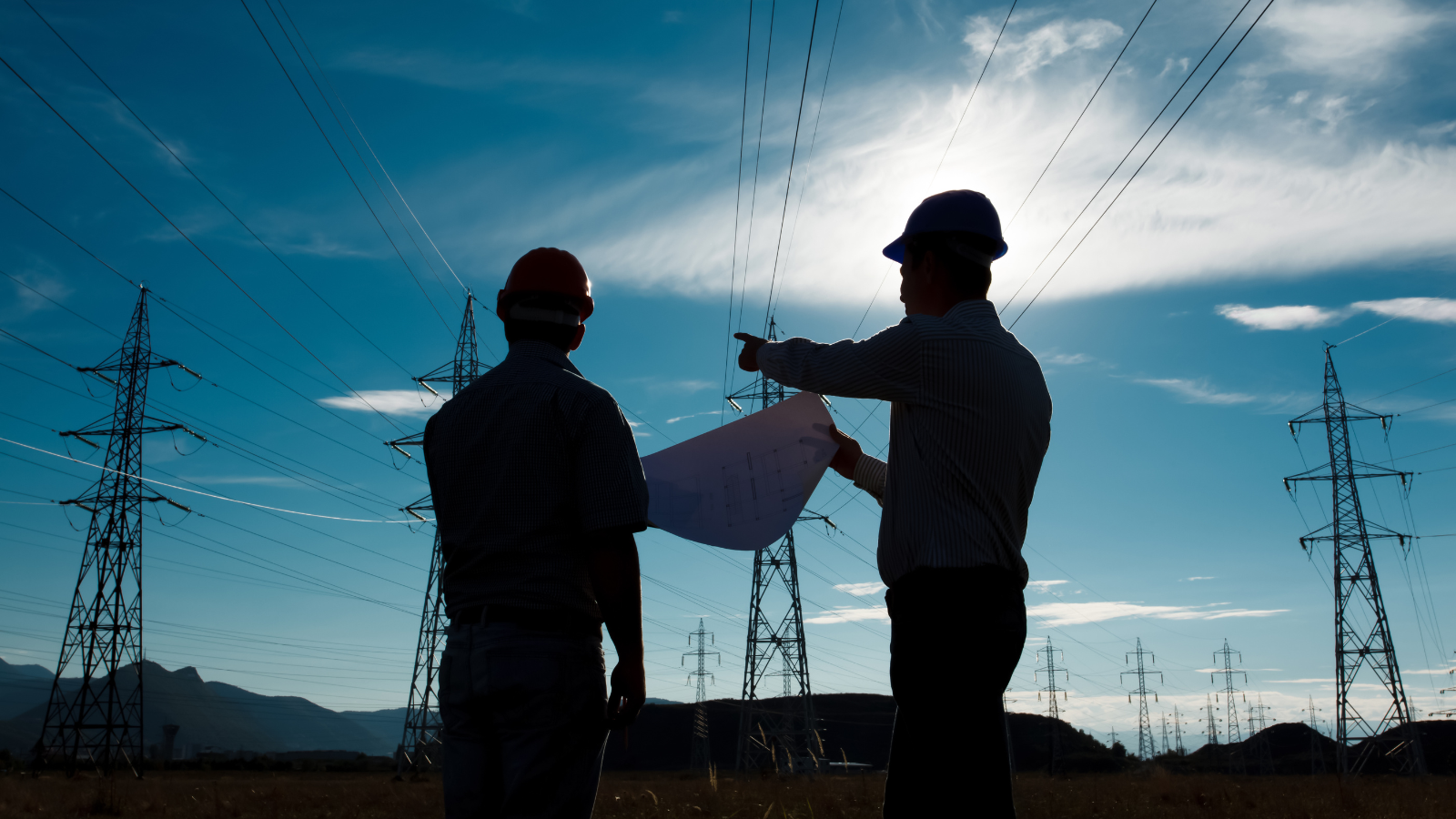
In order to understand the complexity of the work carried out by Red Eléctrica to maintain the infrastructure of high-voltage lines and substations so that they are in optimal condition, their size must be considered. Red Eléctrica carries out essential work to guarantee a continuous supply to our country, as part of which inspections to detect anomalies and prevent potential incidents play a key role.
Therefore, multiple inspections are carried out to collect different types of data and provide valuable information for these maintenance tasks. Despite being one of the most traditional methods, with advancements made over the years, visual inspections continue to be of great importance. The reason is that there are reliable visual characteristics that allow the health status of an asset to be determined. These are done from helicopters or drones or even on foot and the main challenge is comprehensive monitoring of a grid comprising a circuit with over 45,000 km of high-voltage lines.
It is worth noting that visual inspections are a preventive method for managing incidents, therefore, if an anomaly is detected on an asset, this does not mean that the situation is critical, but rather that necessary corrective actions should be reviewed and previous inspection criteria examined to ensure its correct functioning.
So, within the framework of the DALIA project, whose goal is to study and implement, if applicable, new techniques and procedures that would optimise the efficiency of overhead electricity line inspections, in 2021, Elewit commissioned the visual inspection vertical, including the project for the detection of visual anomalies.
This project came about as the result of a collaboration with Red Eléctrica’s Line Maintenance Department and the company Unusuals, as the application of their developments, such as vision algorithms and AI models, could help support potential digital visual inspection performed by technicians. With the information obtained from images provided by the algorithms, potential maintenance actions can be analysed as well as potential failures that may occur, in order to review and streamline inspection processes.
To be able to progress towards future development phases of the models provided for this visual inspection vertical, a new project has been proposed which is oriented towards training and development of models via synthetic images generated using different technologies. It was based on the premise that, if they are real enough that they cannot be distinguished from reality by a human being, they could be used as a replacement for real data on assets that are unavailable. Therefore, computer-generated images could also support photos taken in the real world, which could streamline other, less unfavourable development scenarios.
This project is essential for future visual inspections as it is a significant advancement that will enable technicians to detect anomalies in a huge network of overhead electricity lines. Thus, it will improve the efficiency of this essential task in order to guarantee the supply of electricity to the population at all times.